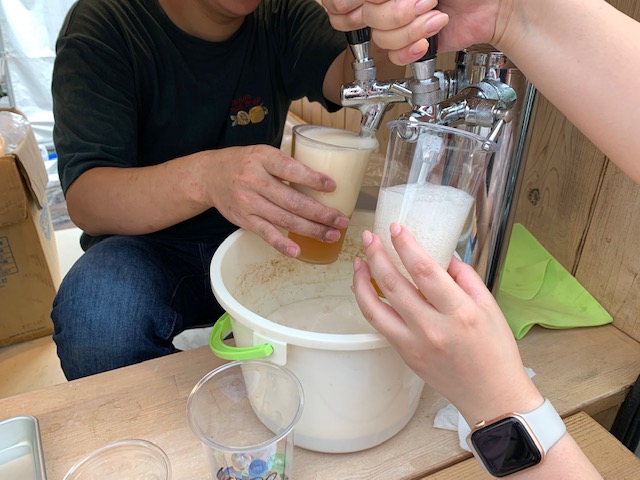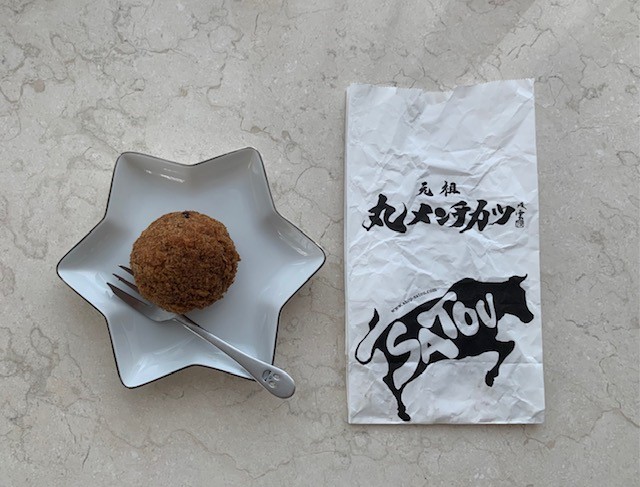
There is an interesting debate taking place in Japan at the moment centered around the issue of “overtourism.” Distilled down to its very essence—and we like distillation here at drinkingjapan.org—it is simply a matter of locating the Goldilocks Zone, determining the ideal number of inbound tourists. This number, should it exist, will prove neither too hot—in other words, irritating to residents of tourist hot spots who must contend with noise, selfie-stick-wielding foreigners, litter, and overtaxed infrastructure—nor too cold—in other words, leaving coffers bereft of cash. The government is presently considering countermeasures, and an announcement regarding those measures is expected sometime this fall.
We do not have a map to guide us to the realm of the girl with the golden locks, but we have a fairly good idea of what measures should be taken to achieve the desired results. Perhaps there is no need to fret over an ideal number at all. Decentralization, or dispersion, depending upon how one looks at it, is one very big step that can be taken. Attracting tourists to areas other than tourist hot spots will alleviate conditions in such places as Tokyo, Kyoto, and Osaka while simultaneously generating much needed income for often overlooked tourist destinations. This may obviate the need to lower the number of inbound tourists, as the numbers will be dispersed. Over the years we have made a number of suggestions, some highly innovative, aimed at attracting tourists to such locations, but sorry to say, there have been no takers. Nevertheless, we will make two recommendations here. The first is that Japan adopt as its inbound tourism slogan the following: “Japan: It’s NOT Just Mount Fuji.” The second is that the Japan National Tourism Organization create a database of mini-events like the one described below and make the database accessible to foreigners on their website, on inbound flights, and at other locations.


On the evenings of September 1 and 2, 26K Brewery, a micro-brewery based in Musashino City, held a mini-event of the kind alluded to above. We have written about 26K many times and have participated in their hops project and other events, so we will not review the beers served on this occasion. Interested readers can check our archive for information on the brewery’s output. Suffice it to say that 26K is innovative and generally hops-oriented. The location chosen for this event was a street corner in the heart of Kichijoji, a Musashino neighborhood. It was a simple gathering that gave neighborhood residents and passersby a chance to taste their brews, to interact with others, and to eat food produced by local restaurants, one of which was Satou. This popular steakhouse and shop is located a short distance from the venue. The shop is famous for its menchi, a large Japanese meatball containing minced (hence, the name “menchi”) meat, onions, and seasonings. We brought a few home with us, of course.


